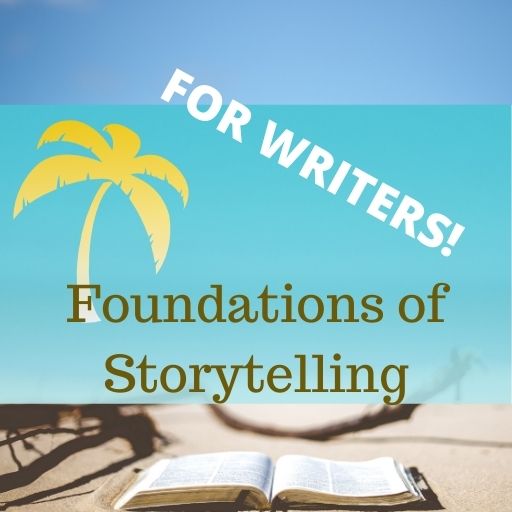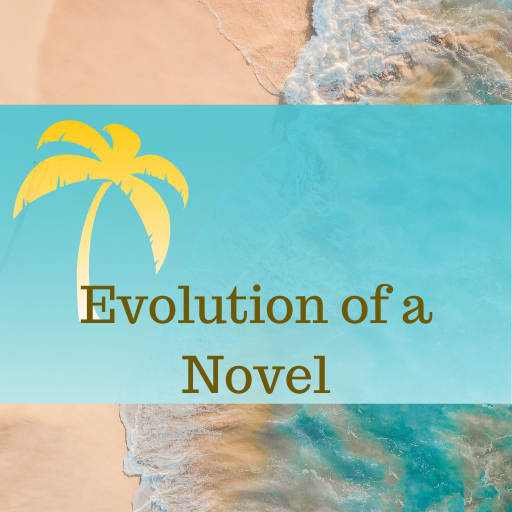Getting Ready to Write: Understanding Your Framework for Writers
One of the challenges writers often face without realizing they’re facing it is the challenge of trying to write a story without understanding your framework for writers to evaluate the success of that story.
By this I mean, how do you know if you’re on the right track? How do you know if your work is any good?
Understanding Your Framework for Writers
We often only vaguely understand what we mean by this and we often ask others for input – friends, family, beta readers, freelance editors – before we know.
It helps if you think about your own critical framework for the kind of story you’re trying to tell.
Suppose you’re working on the first chapter or two of a romance. You have a situation and some characters in mind and you know that you need to have a happy ending because romance.
But how do you know that anything that comes between is any good? You have to develop your own critical framework. What is your theory of literature? How does fiction work? What makes it successful? What does successful even mean? How is this different from what makes it good?
You already have at least part of this framework in place because you make certain assumptions about the books you read and the projects you work on. Maybe an assumption you have about murder mysteries is the dead body needs to show up in the first chapter.
Now, there’s no rule about this; nowhere does it say this must be so. But it might be an assumption you have, and therefore you lose interest in murder mysteries where the dead body doesn’t turn up right away. That doesn’t mean all readers will but it’s something to bear in mind if it’s Chapter 15 before the dead body shows up in your work.
Some of these assumptions will be helpful to you and some will not. No one is requiring your murder mystery to have a dead body by page fifteen. But on the other hand your romance needs to have a happily-ever-after or it’s not a romance.
No one says you have to write a romance; if your story is turning out not to have a happily-ever-after maybe the thing to do is just call it something else.
The best way to understand your assumptions about fiction is to <em>state</em> them. The best way to see if these assumptions are accurate is to <em>test </em>them.
Although I’ve given some genre examples, assumptions aren’t just about genre, although that can be a place to start. They can be about things like character development or how plots work, and so on.
So, think about a time when you didn’t finish a story. For me, that recently happened when I didn’t understand why any of the characters did what they did. Therefore, one of my assumptions about stories is that characters should have rational, understandable motivations for their actions (even if people in real life often don’t).
This is an assumption shared by many. As readers, we care about the causes of things. This helps us make sense of the world. It’s how we establish meaning. So we can say that generally this is a valid assumption.
Notice that this statement – “As readers, we care about the causes of things” – implies that readers have certain expectations of characters and that for readers to engage with those characters, to invest time in them, they have to understand them.
Establishing motivation is a means authors use to help readers understand character. This is an important part of the framework of the assumption we’re making (the assumption being that it is better to show character motivation than not to show character motivation).
Once we’ve established these assumptions, we can also see that they are, in fact, <em>assumptions</em> and not givens or hard-and-fast rules like purple is spelled p-u-r-p-l-e.
If, for example, you’re working on a manuscript in which you’re trying to show that we do actions and then make up a story to explain them afterward, “Show Joe’s motivation here” isn’t the right framework to use.
Recently, I was re-reading Terry Pratchett’s <em>The Color of Magic</em>, a comic fantasy, in which the main character, Rincewind, is something of an anti-hero. His main goal in life is to avoid anything distasteful, unpleasant, and/or painful – so of course all kinds of dramatic and interesting things happen to him, which he hates.
Every now and then, though, he does something brave, gritting his teeth the entire time. He never knows why he does these brave things. If we were to say, “Terry Pratchett really ought to have shown Rincewind’s motivation here,” we would be misunderstanding the framework of “Readers want to know why characters do the things they do.”
In this case, the comedy of the story is because Rincewind has no volition, no goal; he is acted upon and not acting. He is a plaything of fate and he truly resents it – as do we all. So we readers identify with him not because we are told his motivations but because we feel his essential humanity.
In the story, it may be implied that fate is the reason why Rincewind sometimes does brave things to save other people, but we as readers know it is because he is human. There is no need for the author to state this anywhere.
By unpacking your assumptions about story, you will learn when to apply various frameworks to the mss you’re writing, which will help you to be a more intentional writer – and tell a better story. Think about the assumptions and framework you bring into your storytelling before you start asking for feedback on it.
Tips for Editors & Writers
-
How to Create Defensible Edits
As a developmental editor, you need to know how to create defensible edits of a manuscript to help authors put out their best work. Tips for How to Create Defensible Edits When you’re doing a developmental edit—looking at the big-picture overview of a novel—you’ll generally be expected to provide two main services: The editing on…
-
When Is a Book Ready for Editing?
Both authors and editors have the same question at some point in the book writing / publishing process: When is a book ready for editing? So When IS a Book Ready for Editing? The creative process is not timely and linear, which is why, as an editor, I don’t book edits before an author’s manuscript…
-
Effective Client Communication for Book Editors
Managing client expectations is necessary for a successful business so here are my tips for effective client communication for book editors. My Top Tip for Effective Client Communication for Book Editors One way to avoid an unhappy client is to communicate all relevant information from the very beginning of your relationship with them. Clearly stated…
Join the Club!
New to story editing? Begin at the beginning.



